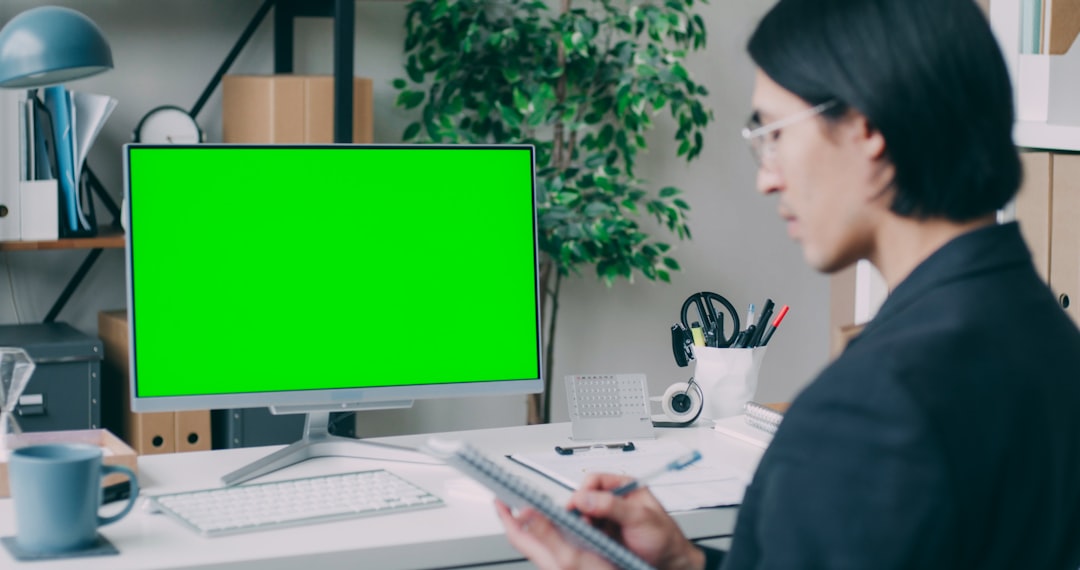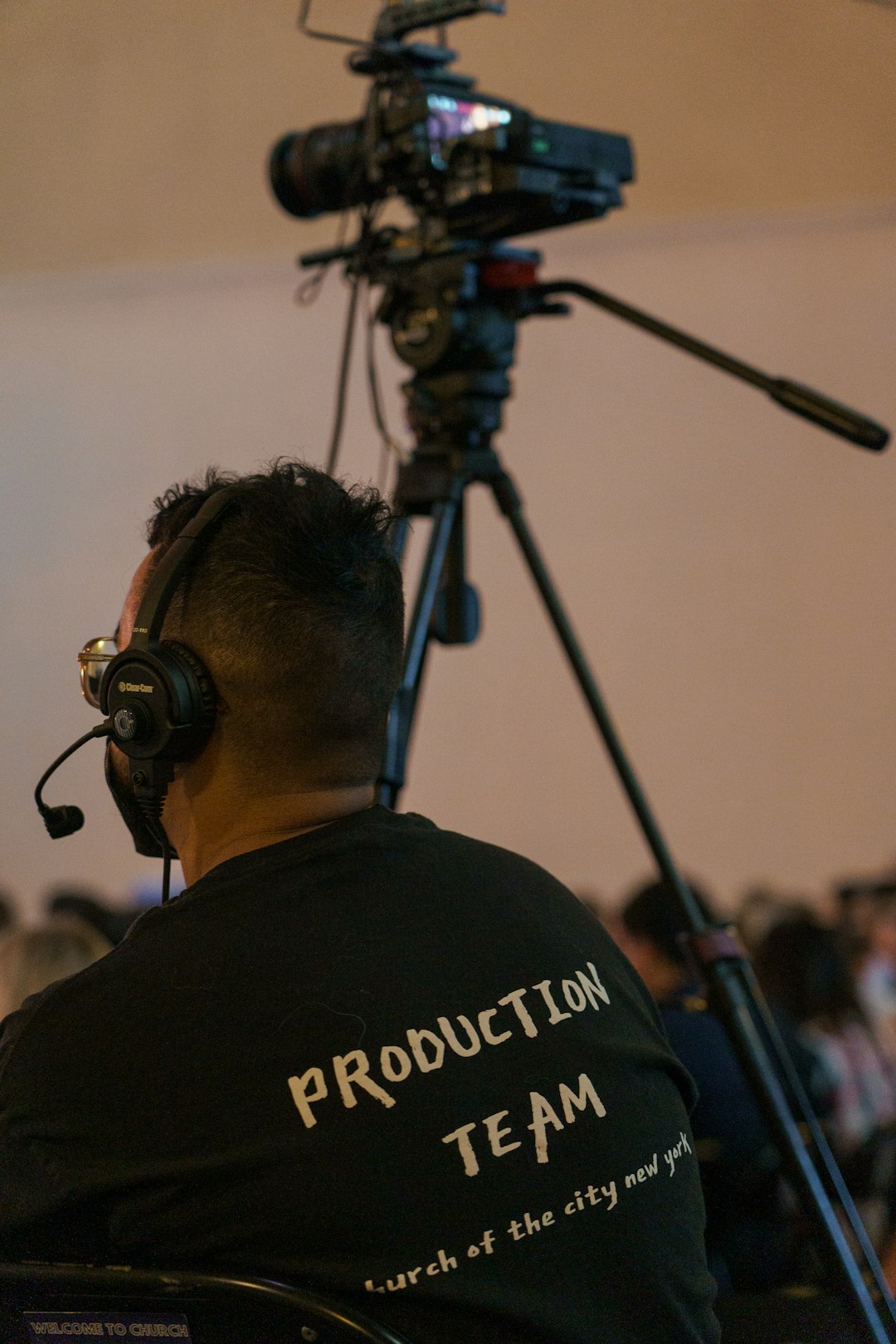In the world of filmmaking, two terms often come up when discussing the magic behind breathtaking scenes: special effects (SFX) and visual effects (VFX). While they may sound similar and are both used to enhance storytelling in movies, TV shows, and even commercials, their functions, techniques, and timing differ substantially. Understanding the difference between the two not only deepens appreciation for cinematic arts but also clarifies the technical mastery behind many of the industry’s most spectacular moments.
What Are Special Effects (SFX)?
Special effects refer to practical or physical effects created on set during the live-action shoot. These effects are real, tangible, and executed in front of the camera. They can range from pyrotechnics, weather simulations, and mechanical rigs to prosthetic makeup and animatronics. Often coordinated by a dedicated SFX team, these effects are best suited for scenes where realism and in-camera authenticity are crucial.
For instance, when a director wants to show a car explosion or simulate rainfall on a city street, SFX teams use real materials and physical devices to produce the spectacle in real-time. These effects are usually safer and more cost-effective when used for controlled, repeated actions that interact closely with the actors.

What Are Visual Effects (VFX)?
Visual effects are created in post-production using software, CGI (Computer-Generated Imagery), and digital compositing techniques. VFX enables filmmakers to bring to life concepts that would be too dangerous, expensive, or impossible to film physically. From creating massive alien landscapes to digitally cloning crowds or aging actors, VFX expands the limitations of physical production.
VFX artists use digital tools to combine live-action footage with computer-generated elements. This is especially common in genres like science fiction, fantasy, and superhero films, where entire settings or characters might be digitally built from scratch.

Key Differences Between SFX and VFX
- Timing: SFX are created during filming, while VFX are added during post-production.
- Technique: SFX relies on mechanical, manual, or chemical means. VFX relies on digital technology and software.
- Usage: SFX are better for physical interactions and realism. VFX are ideal for expansive, imaginative, or impossible visuals.
- Cost: SFX can be cheaper when effects are simple. VFX can become expensive with complexity, but provide more creative freedom.
When to Use SFX or VFX in Film Production
The choice between SFX and VFX often depends on the project’s vision, budget, and safety requirements. Filmmakers might use special effects when they need a tangible explosion or a water tank setup for a flooding scene. In contrast, visual effects are used to extend cityscapes, destroy entire buildings, or add fantastical creatures.
In many productions, both SFX and VFX are used together to create seamless and dynamic scenes. A controlled fire (SFX) might be enhanced later with smoke and embers (VFX), blending the real and the virtual for enhanced dramatic impact.

Conclusion
SFX and VFX are both essential tools in filmmaking, but each serves a distinct purpose. Where special effects ground a scene in physical reality, visual effects open the door to boundless creative possibility. When used in harmony, they elevate storytelling to immersive cinematic experiences that captivate audiences around the world.
FAQ
- Q: Are SFX and VFX ever used together?
A: Yes, many films combine both to create a more believable and layered visual effect. - Q: Which is more expensive—SFX or VFX?
A: It depends on the complexity of the effect. Large-scale VFX scenes can be more expensive, but intricate SFX setups also carry significant costs. - Q: Can SFX be replaced by VFX?
A: In some cases, yes. However, using real, interactive elements on set often adds authenticity that is difficult to replicate digitally. - Q: What software is commonly used for VFX?
A: Popular VFX software includes Adobe After Effects, Autodesk Maya, Houdini, and Nuke. - Q: Are SFX safer than VFX?
A: Not necessarily. SFX involves physical elements like fireworks and machinery that carry inherent risks. Proper safety protocols are crucial.
